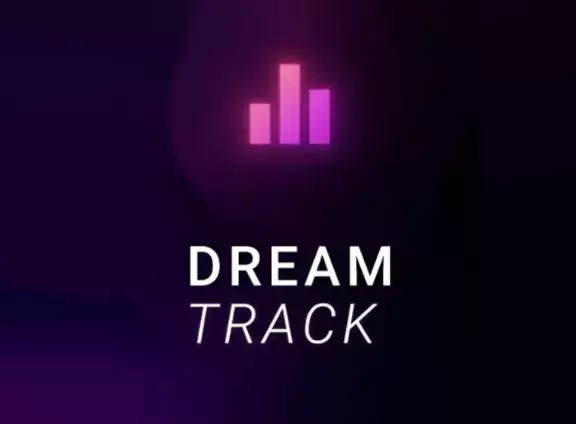YouTube is stepping into the future of content creation with its newly announced “Dream Track” feature. This groundbreaking tool, available to all creators in the U.S., harnesses artificial intelligence to allow users to generate unique audio clips by simply inputting text prompts. The essence of Dream Track lies in its ability to provide creators with an uncomplicated means to enhance their video content through custom audio, which could drastically elevate the viewer experience and engagement.
At the heart of the Dream Track initiative is Google DeepMind’s Lyria music model. Originally introduced in 2023, this technology emerged from collaborative efforts with various artists who contributed to the creation of a comprehensive library of audio cues. This foundational work suggests a movement towards democratizing music production, enabling every creator—regardless of their musical background—to infuse personalized soundtracks into their projects. By focusing on producing short audio clips of up to 30 seconds, this feature aligns well with YouTube Shorts, catering to the growing demand for quick and engaging content.
Despite its promising capabilities, Dream Track does have restrictions. Currently, the system can only generate instrumental audio, which means vocal tracks remain off-limits for the time being. While this may seem limiting, the potential for crafting unique soundscapes tailored to specific video content nevertheless offers a great deal of flexibility for creators. As YouTube’s CEO Neal Mohan stated, the tool aims to empower creators to evoke particular moods and enhance their presentations through tailor-made soundtracks.
The initial rollout of Dream Track was initially met with excitement about its intention to create deeper connections between artists, creators, and fans. However, the tool has seemingly shifted focus towards basic jingle production rather than expansive musical compositions. This transition raises questions about the originality of the content it produces and whether it will genuinely serve to enrich the creator community or simply offer a convenient shortcut.
The arrival of Dream Track may signify more than just a novel feature on YouTube; it represents a shift toward a future where technology plays a pivotal role in creative processes. As users experiment with the available tools, there is potential for the platform to evolve further, enhancing its audio generation capabilities. Future updates could introduce advanced features that allow creators to employ a broader range of sounds and styles, ultimately leading to enriched content.
For aspiring and established creators alike, Dream Track awaits as an intriguing tool worth exploring. As the landscape of digital content changes, those willing to engage with this new technology may discover opportunities to differentiate their work and deepen audience connections. The excitement surrounding Dream Track’s rollout indicates that we might only be beginning to scratch the surface of what AI can do within the realm of content creation. The possibilities are vast, and with each creator exploring this innovative feature, the potential for impactful storytelling grows exponentially.


Leave a Reply
You must be logged in to post a comment.